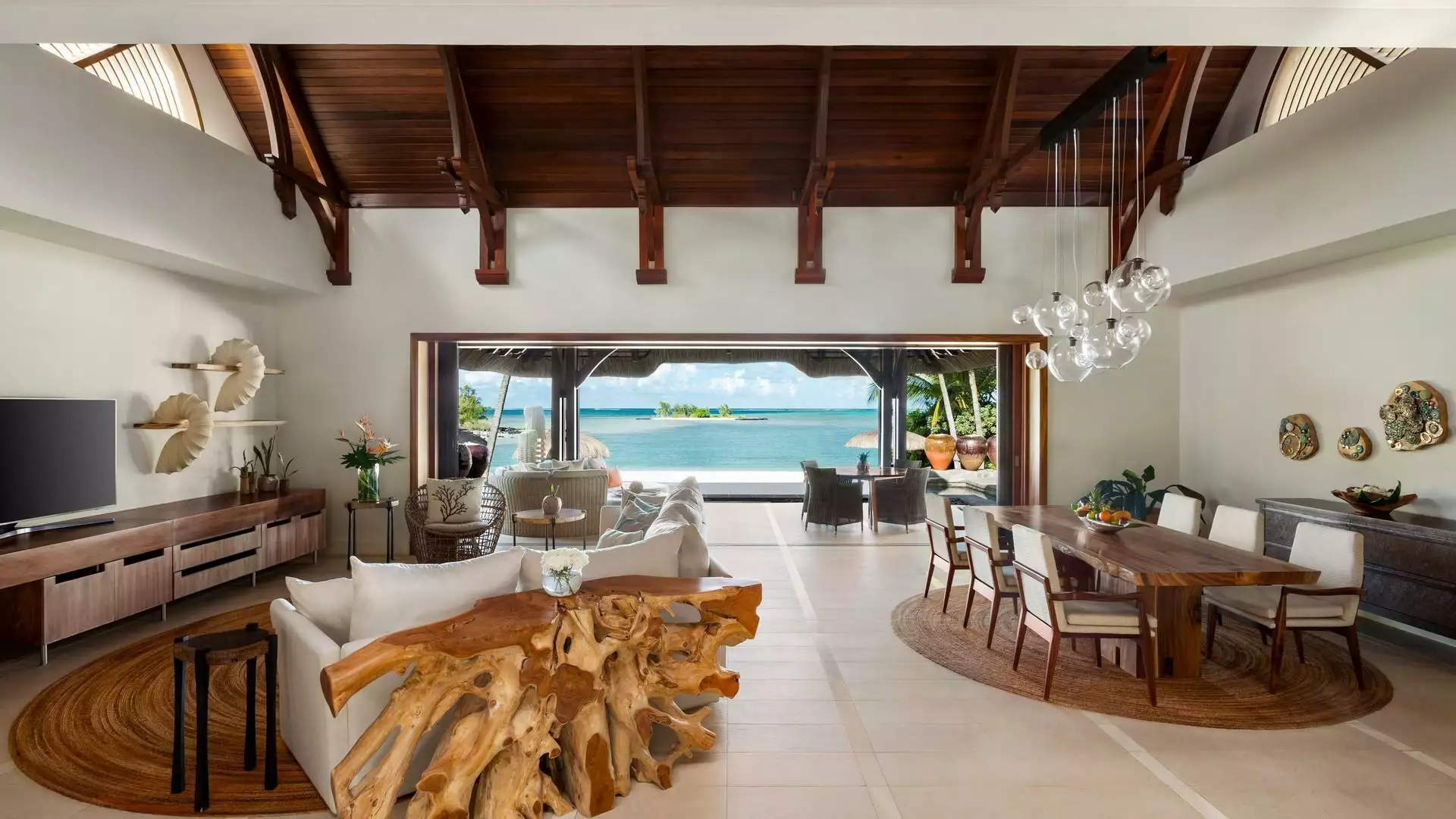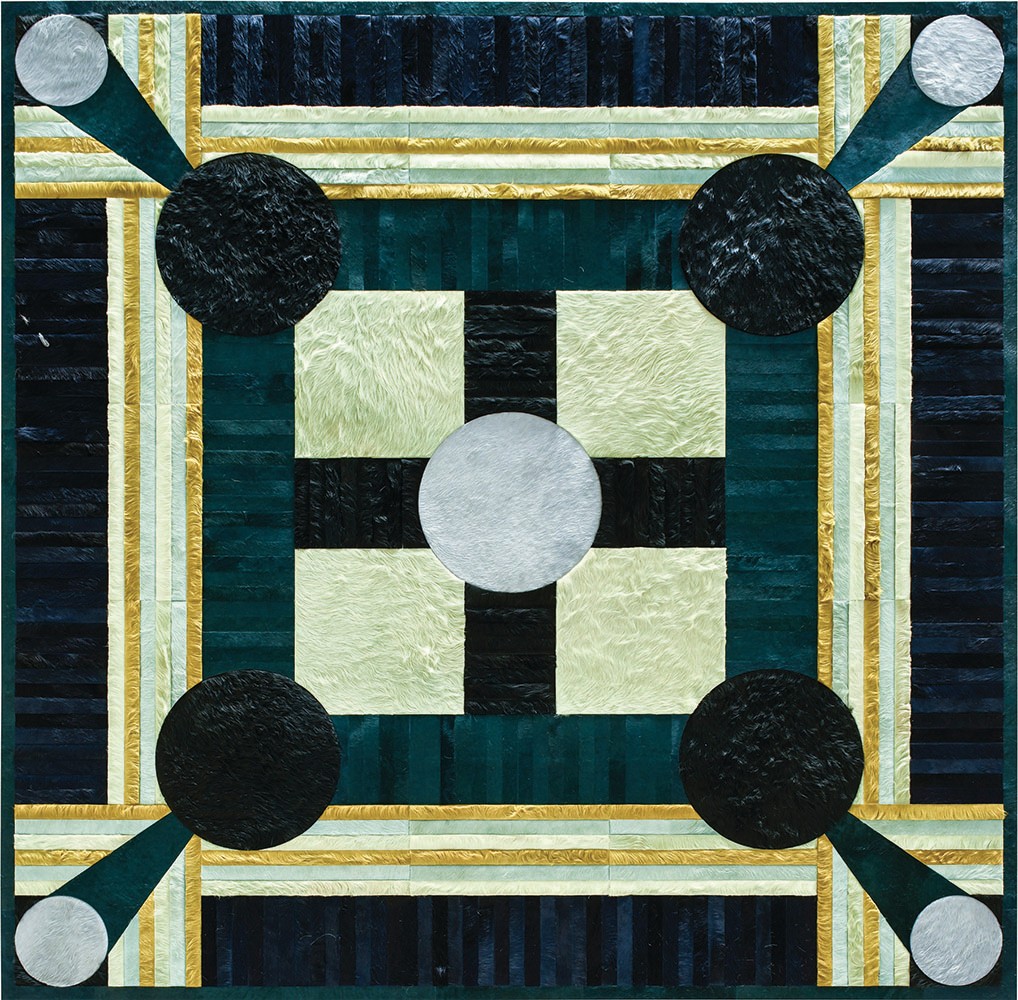Flipping through top design publications, you’ve likely been transported by the images shot by Douglas Friedman. The architecture and interiors photographer, who’s also famed for his highly conceptualized portraiture (think: model in ball gown flipping eggs), has brought countless homes to life through his lens on the pages of Architectural Digest, Elle Decor, Town & Country, Harper’s Bazaar, and more.
While he’s perfected the art of interiors photography in his own distinctive way, Friedman has another passion as of late—rug design. He’s joined forces with Kyle Bunting, who’s known for his decorative, handcrafted hide rugs made in Austin, Texas, on a new line of rugs called Atlas, which launched in January 2020. He spoke with us from the his Marfa, Texas, home—chicken coop and all.
How does a photographer become a rug designer almost overnight?
Rug design was never on my radar. I got a call, out of the blue, from Kyle Bunting, who told me he was a fan of my work, and particularly, the design of my Marfa home, and wanted to know if there was a possibility we could collaborate on a rug collection. So, we met, and I was kind of like, “are you sure? I’ve never really designed anything before.” And he was like, “you know, I’m sure I really want to do this with you.” Kyle saw something that I didn’t see.








